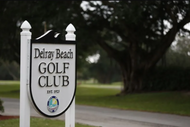Golf Course Architecture: A Closer Look at Donald Ross
Posted by Colin on Jul 23, 2025
Golf Course Architecture: A Closer Look at Donald Ross
How do you judge a golf course? When I was new to the sport, I judged a golf course on the condition and the beauty of the surrounding area. As I matured in the sport, I started considering the complexity of the greens, the incorporation of natural features, the balance of risk versus reward, and the variety that requires the golfer to use different clubs. For most people, maturation is a gradual process, for me it happened overnight. I never understood why people would get so excited to tell me that the course we were going to play was designed by X, Y, or Z. I didn’t understand the implication; as far as I was concerned, if it had 18 holes, it was a golf course and if it was expensive, it was probably good. When Travis, our new social media guy, told me we were going to play the ‘Lost Ross Nine’ to film some content, I figured that I should probably do a little research into Donald Ross. What I found was illuminating. It was like opening pandoras box – what started with Ross led to Old Tom Morris to Alister MacKenzie to Harry Colt to Tom Bendelow to William Langford to more contemporary architects like Robert Trent Jones, Pete Dye, Tom Doak, Bill Coore. The similarities and differences in their philosophical beliefs about layout and design was fascinating. It turns out a good golf course isn’t just well maintained and in a nice location; it’s routed a particular way incorporate the natural features of the land, the lengths of holes and hazards present the golfer with opportunities to take multiple paths to green with varying levels of risk versus reward, the variety amongst the holes, the challenge for a good golfer married with the enjoyment for the novice. As a visual thinker, I came to realize that golf courses were a lot like houses; there are many that look the same, there are fewer that are mansions, but there are only a handful designed by Frank Lloyd Wright.
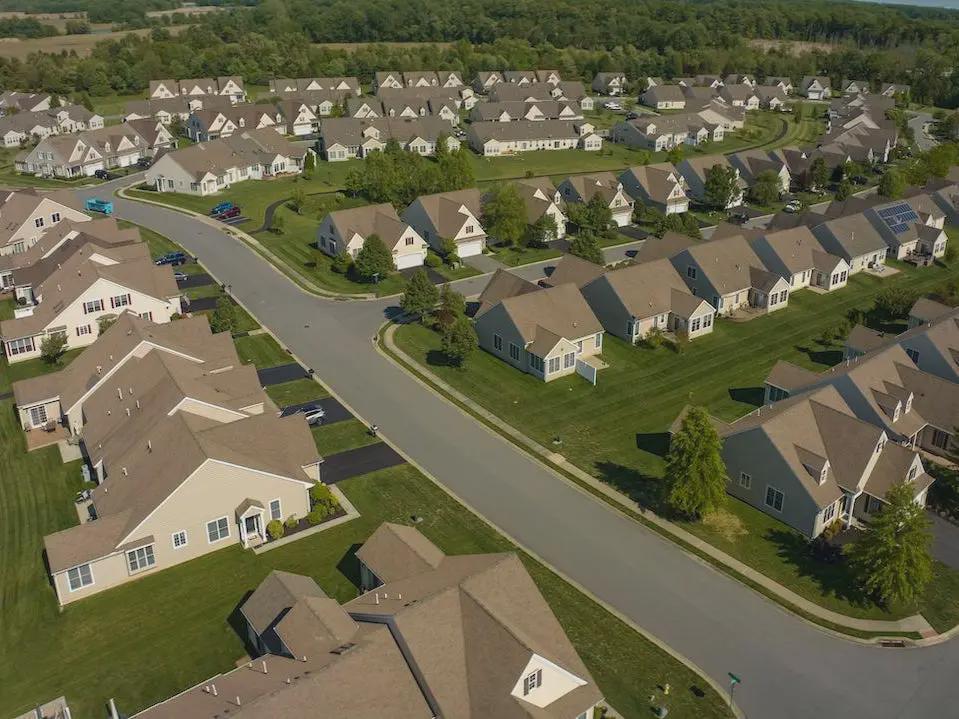
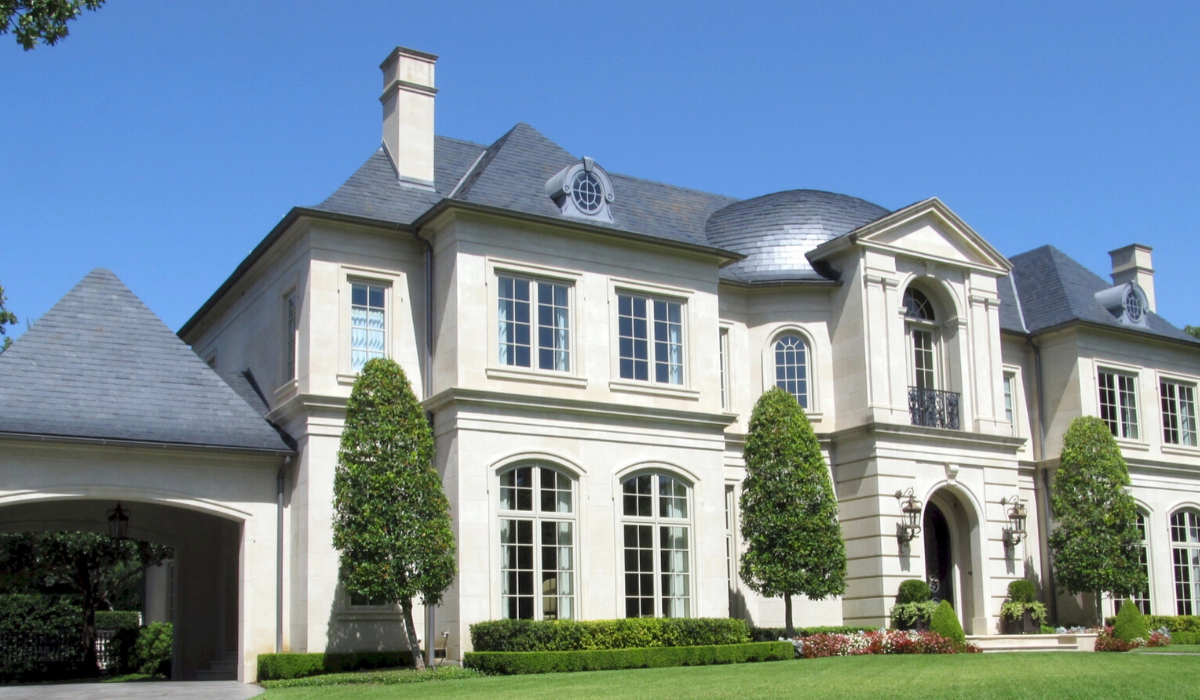
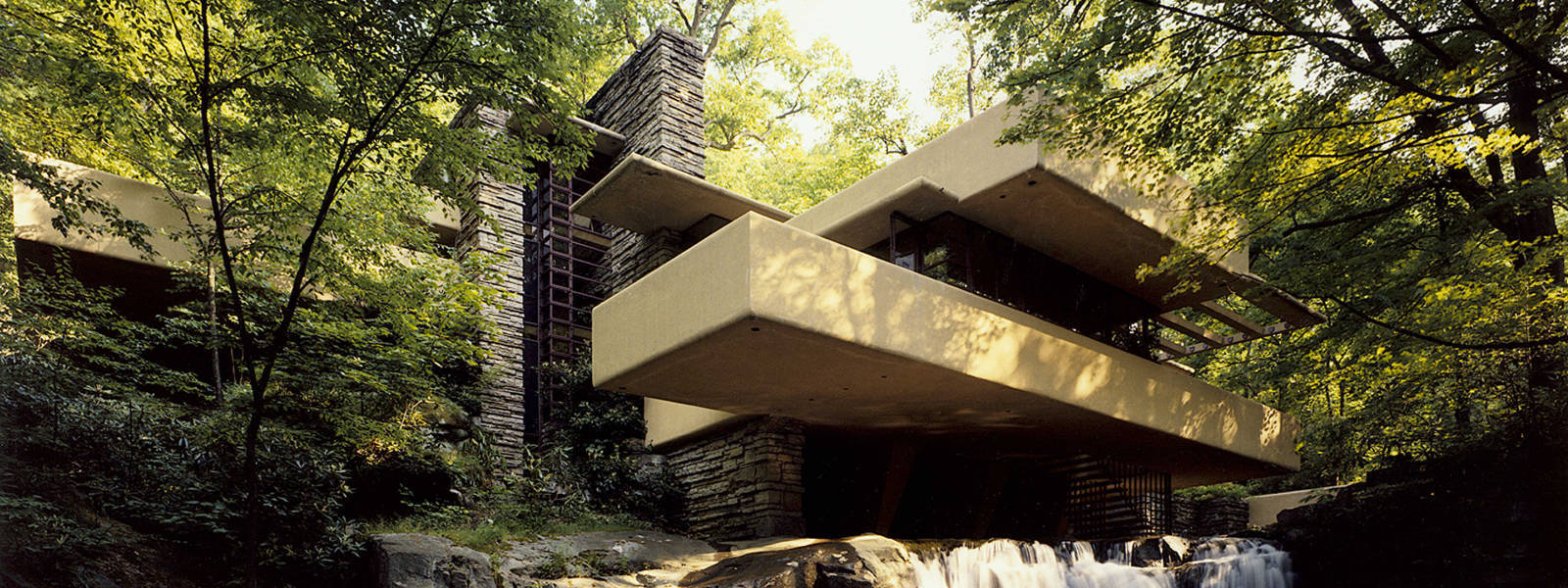
"The chief object of every golf course architect worth his salt is to imitate the beauties of nature [and presumably also the hazards] so closely as to make his work indistinguishable from nature itself." -Alister MacKenzie
After taking a deep dive into golf course design philosophy and in wake of playing a Donald Ross designed course, I wanted to share what I found that sets Donald Ross apart.
Donald Ross Background
Donald Ross was born in 1872 in Dornoch, Scotland. In his younger days he worked as greenskeeper at the Royal Dornoch Golf Club, and subsequently had an apprenticeship under Old Tom Morris at St. Andrews. In 1899, an astronomy professor from Harvard University vacationed in St. Andrews and ended up convincing Ross to immigrate to the United States bring his golf knowledge with him. In America, he worked as a pro at Oakley Country Club in Boston where he was introduced to James Tufts. Tufts had a dream to create a winter retreat resort in the sandy hills in North Carolina. Ross and Tufts only needed one dinner together for Tufts to offer Ross the Director of Golf position at, the yet-to-be, Pinehurst.
Ross went on to design and build four courses at Pinehurst with No. 2 being his baby. With his success designing Pinehurst, he went on to design courses all over America, ultimately putting his stamp on 413 golf courses.
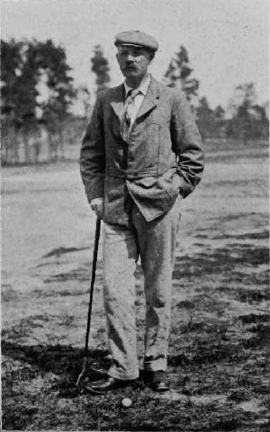
Donald Ross Design Philosophy and Characteristics
Growing up in Scotland, his childhood was spent playing links courses, and those courses had an influence on how he shaped courses as an adult. Generally, a links course is found on coastal land, has sandy soil, undulating terrain, sparse vegetation, and is shaped by natural elements. They have firm, fast greens and deep pot bunkers placed strategically to encourage thoughtful play, and adaptability dependent on weather conditions.
Fun fact – greens were not always green. In locations where the summer is hot and precipitation minimal, it was difficult to keep grass on the green alive. The solution was to have sand greens. They were square and dug to a depth of four to six inches until they reached the hard-packed substrate, then the cavity was back filled with a mixture of coarse sand and used motor oil. There weren’t any undulations in the green because any wind would carry away the sand from the high points and leave behind bare spots. The greens were raked prior to hitting into the green to create ridges that help the ball stop. When you went to putt, you would use the backside of the rake to push and smooth the sand in your line to the hole. The overall result was a firm green that didn’t allow for much creativity in in the green complex but it was better than the alternative of having dead greens. The necessity for sand greens led to one of Ross’ great contributions to the game. As a seasoned agronomist, Ross figured out a way to grow and maintain greens in arid climates. When he transitioned Pinehurst #2 from sand greens to grass greens, he also created a signature feature that he would go on to incorporate into many of his future designs, the turtle-back green. The turtle-back green has its’ high point in the center of the green and it falls away on all sides.
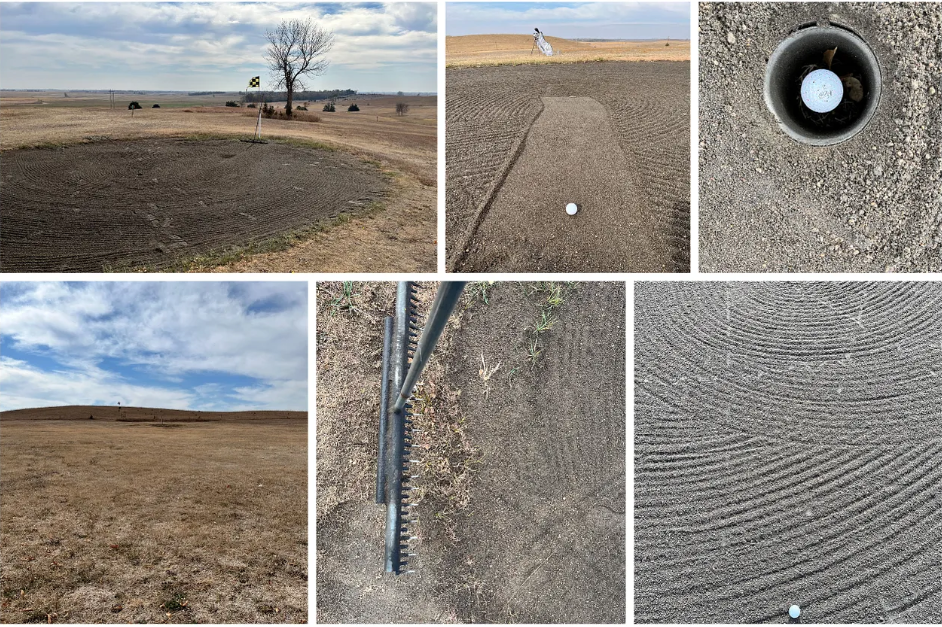
A prominent Ross philosophy and intended consequence of a turtle back green is that approach shots from a certain angle are much easier and thus rewarded, whereas a bad approach angle is much more difficult to achieve a good shot. It put a premium on thinking about the whole hole from the tee, challenging better golfers to lean into precision versus power on tee shots. Ross believed that a championship course should test a golfer on all aspects of their game and force them to use every type of shot.
While Ross built many championship courses, he also built courses for the everyman. He believed that a perfect course could challenge better players and still be enjoyable for novice golfers. Part of that was making errant shots easier to find. He opted for sparse vegetation as opposed to dense rough. Pinehurst #2 is a prime example of this where it goes from fairway cut grass to wire grass, lacking any sort of rough in the transition.
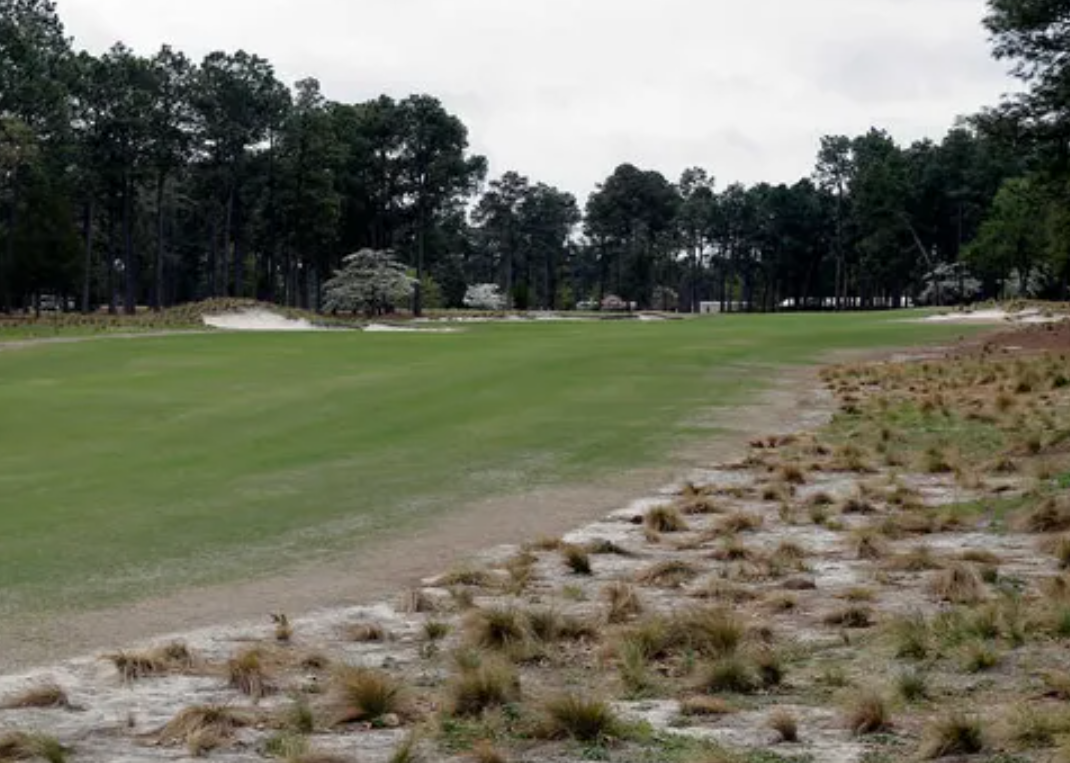
Donald Ross was a big believer taking what the land gave him and routing a course through the natural features. “His stamp as an architect was naturalness.” -Jack Nicklaus on Donald Ross. If he really liked a feature he would incorporate if twice if it was feasible, like traversing a stream in different directions. But, the look wouldn’t be the same; one of the looks might be on a par four and it will force a lay-up or long carry, and the next look might be on a par three and the stream cuts right through the middle of your 130-yard tee shot.
Delray Beach Golf Club - ‘The Lost Ross Nine’
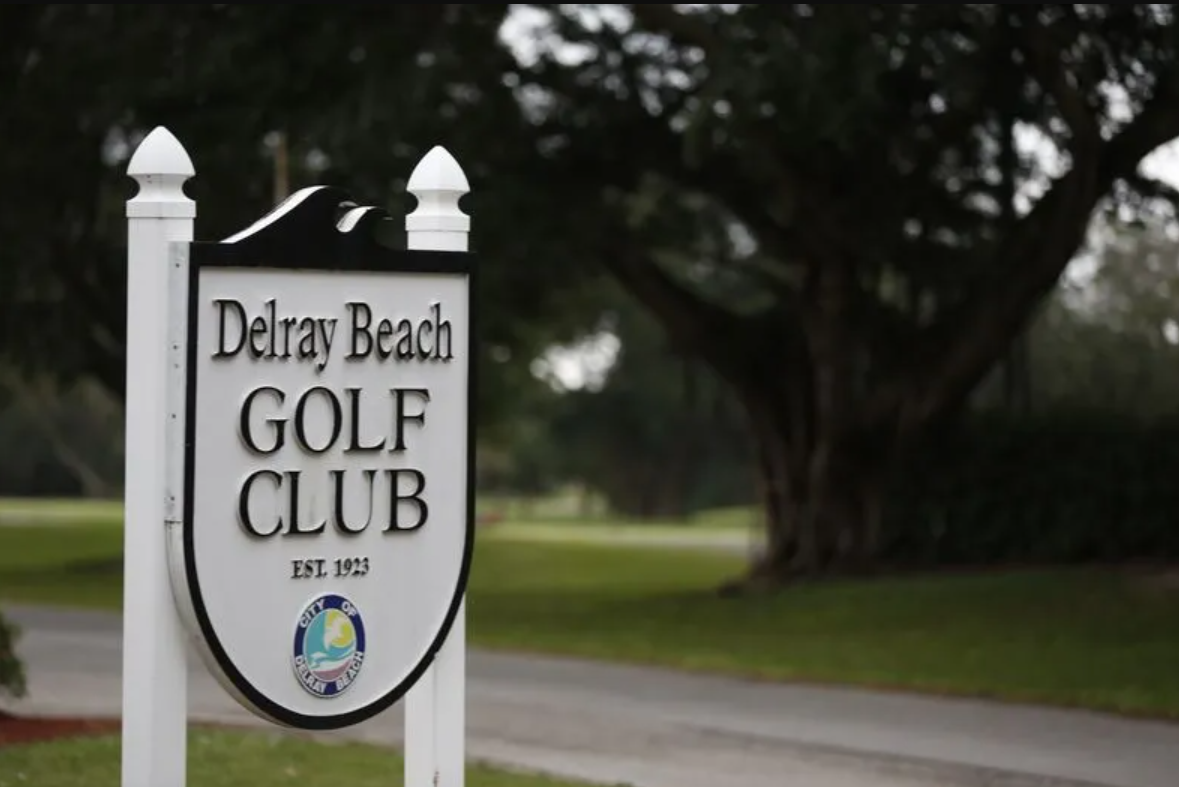
I was fortunate to get to play a hidden gem in the heart of Delray recently, this is what I learned and saw. Delray Beach Golf Club was established in 1923. Originally, Ross had plans for 18 holes but only 9 of them were completed, and they make up front-nine as it sits today. Dick Wilson designed the back nine that was added in 1950. I only played the Donald Ross holes. Here is me teeing off on #1.
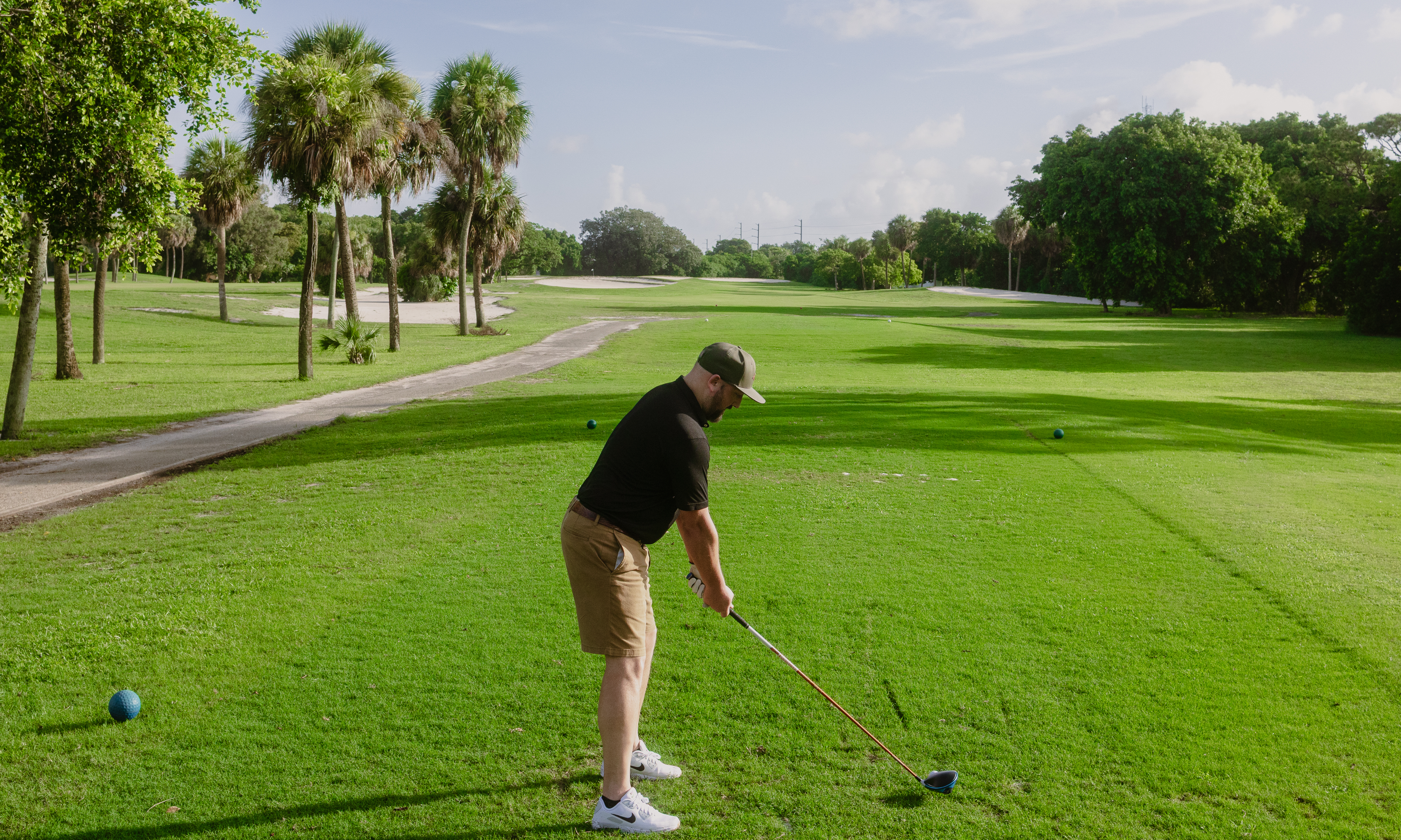
These are two examples of live-edge bunkers where the grass grows right up to the lip of the bunker. The idea was to make bunkers look as natural as possible.
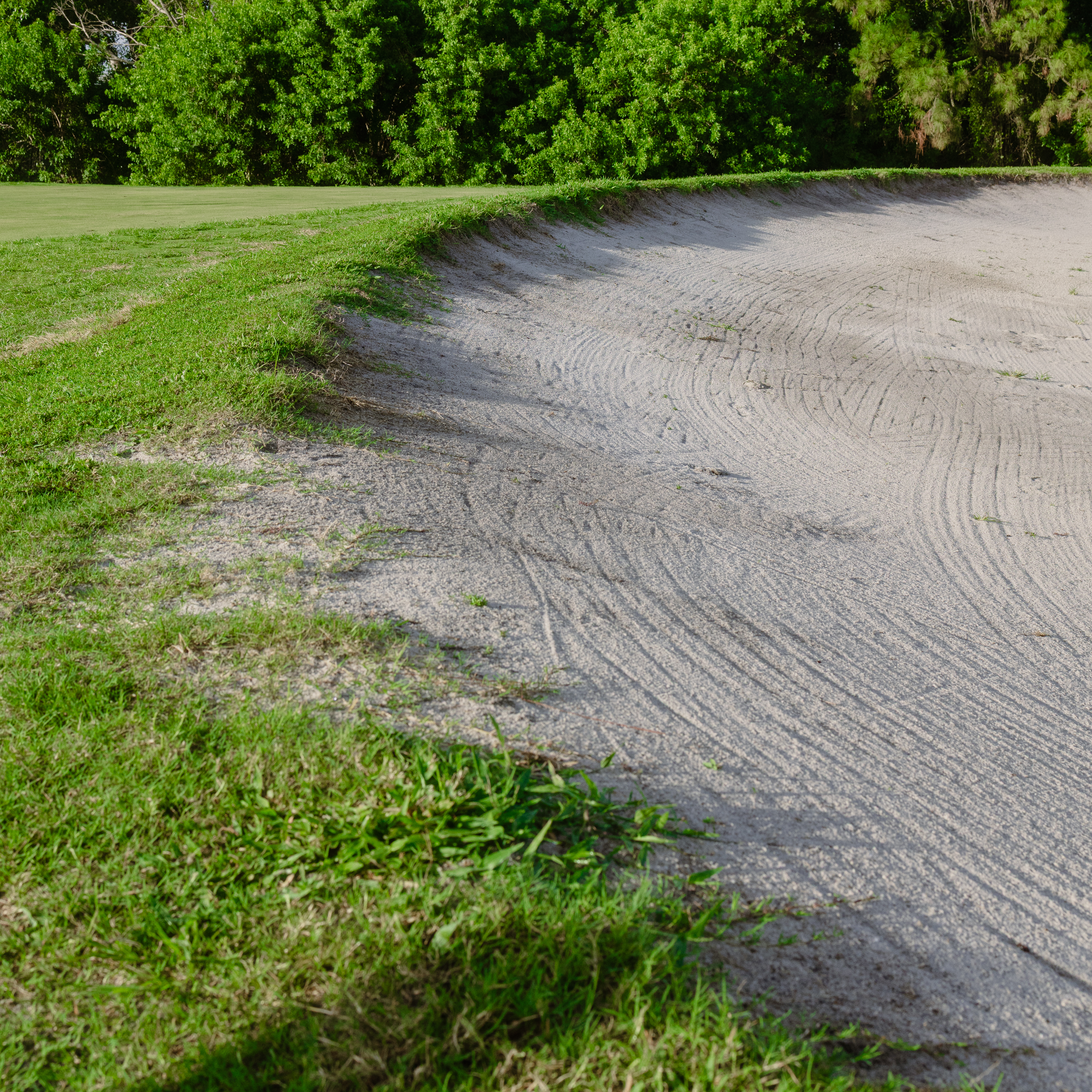
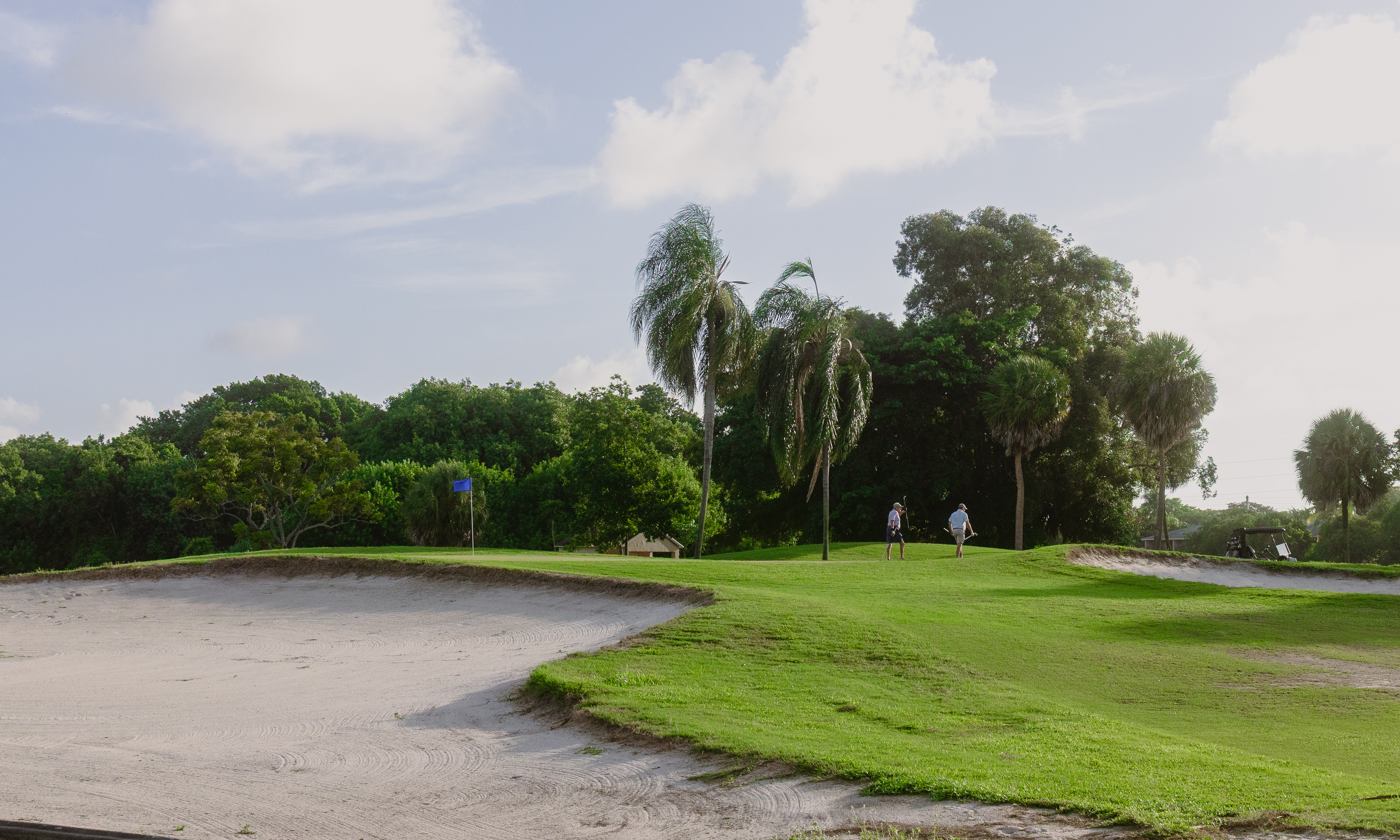
Here are two angles that include the river crossing on a par 5, 12th.
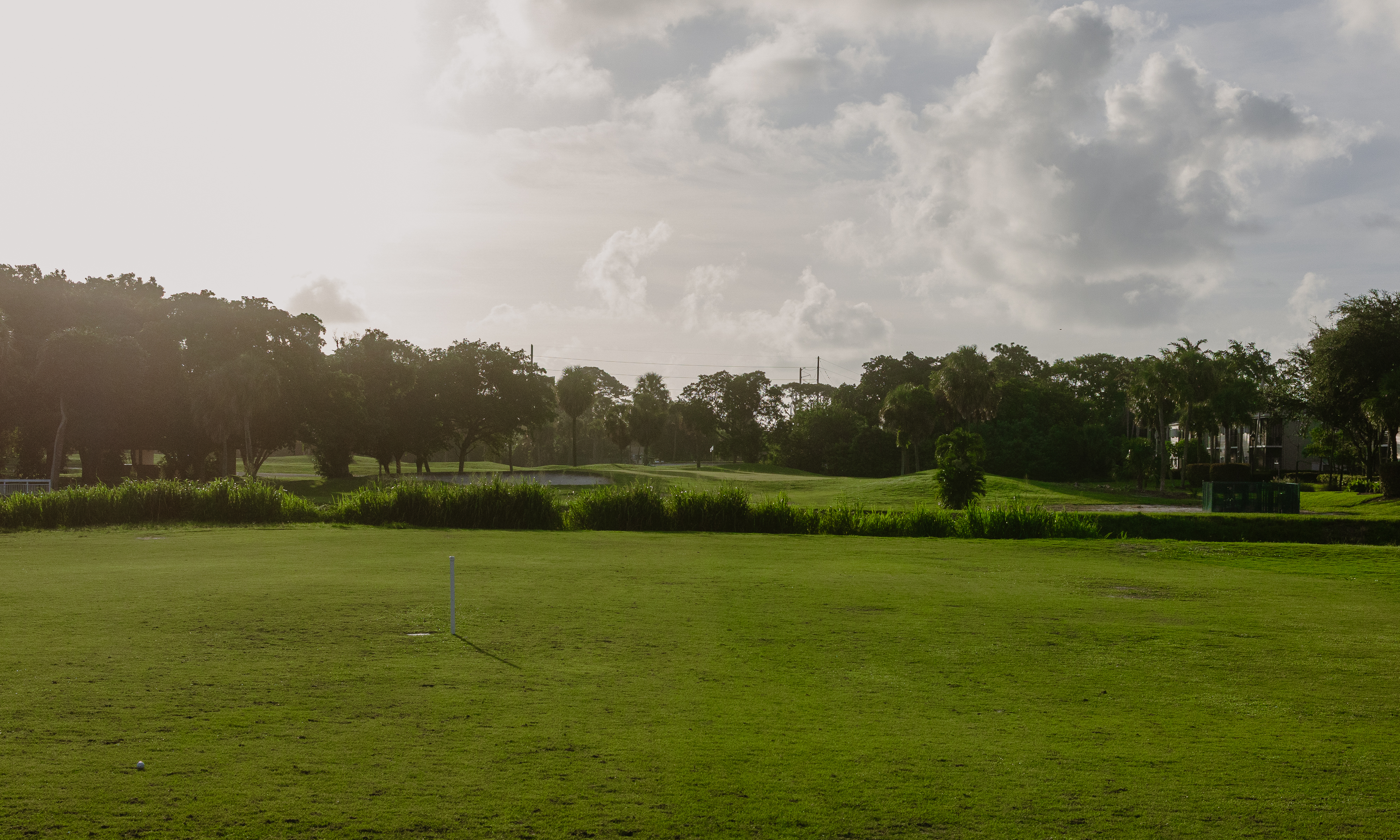
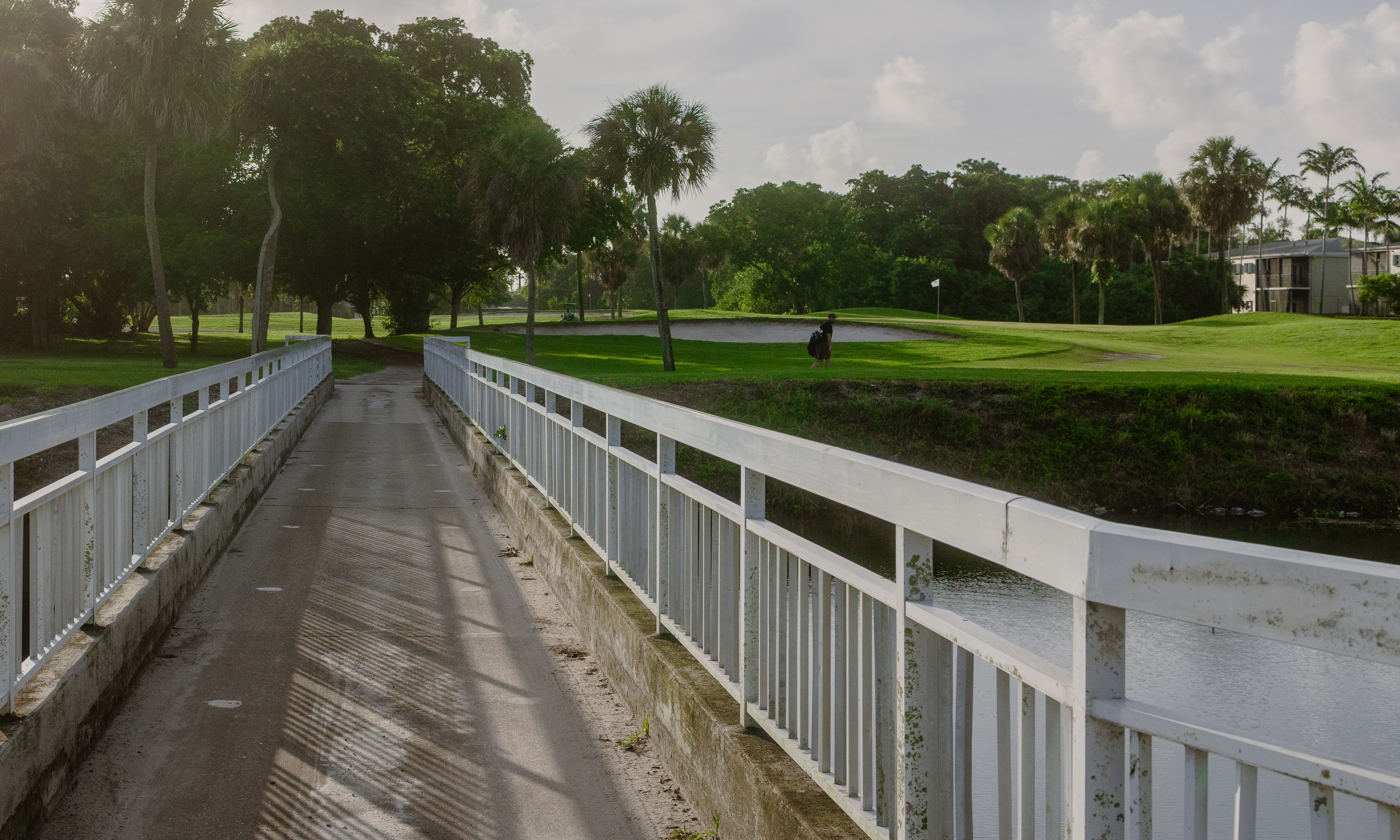
And here is the par 3, 17th, that plays across the same river in the opposite direction.
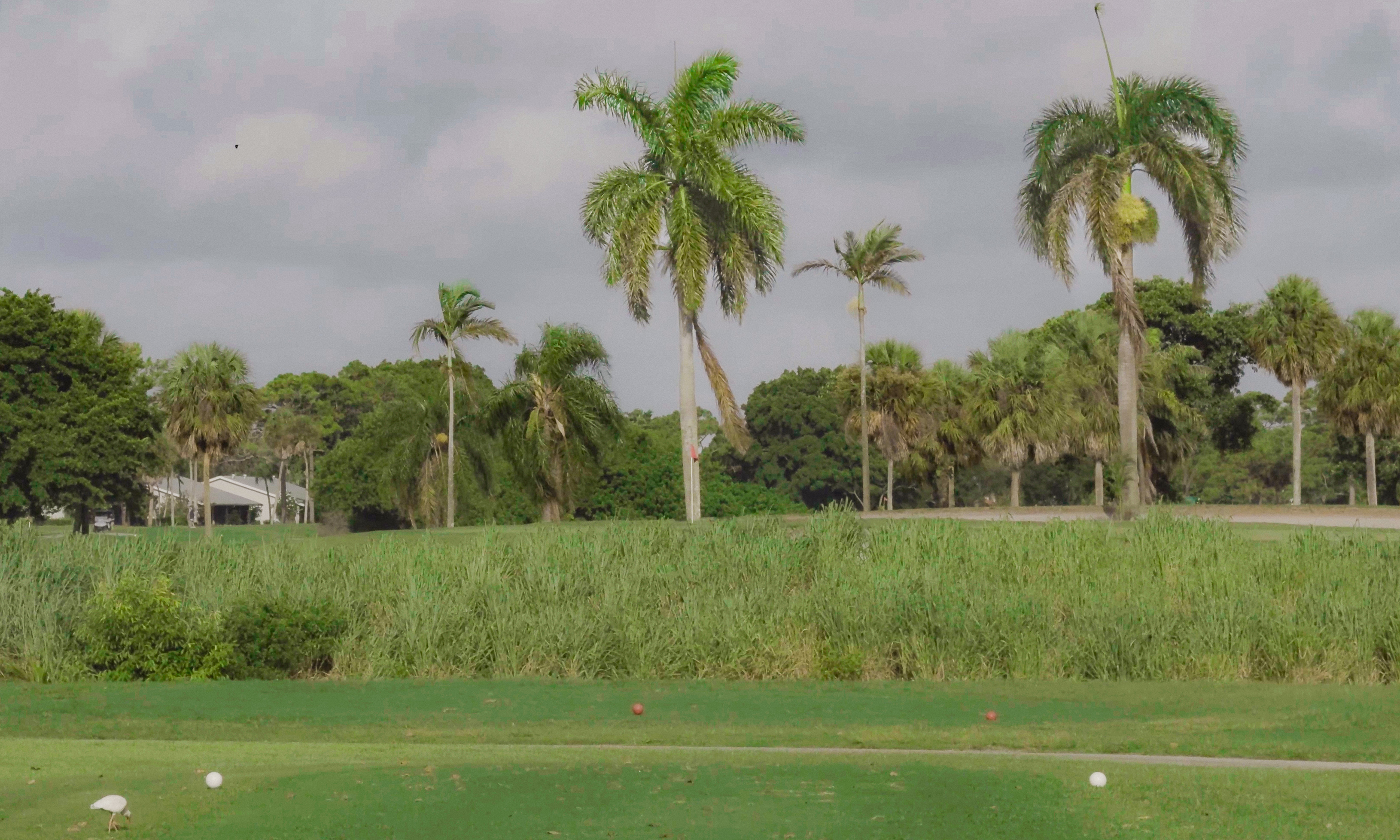
Interesting enough, I found Donald Ross’ notes for the design of this hole, courtesy of Tufts Archive.
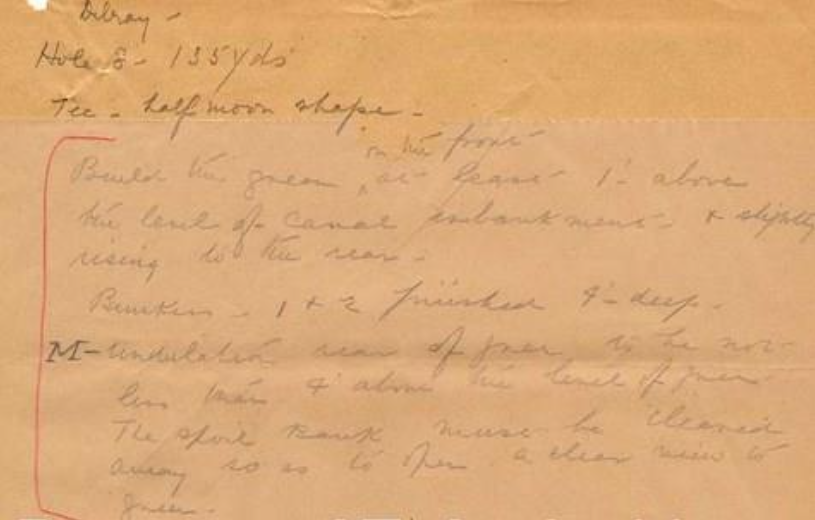
For those that may have difficulty reading this like me, I was able to use the power of AI to get a transcription:
“Delray –
Hole 8 – 135 yds
Tee – halfmoon shape –
Build the green at least 1' above
the level of canal embankment & slightly
rising to the rear.
Bunkers 1 & 2 finished 4' deep.
M – undulation area of green to the rear
less than 4' above the level of green.
The spoil bank must be cleared
away so as to give a clear view to
green.”
No disrespect to the current staff, they do a fantastic job and had the course in great condition, but the spoil bank has not been cleared to give a clear view of the green. To be fair, it has been about 100 years since these notes were written, so this aspect of Ross’ vision may have just been lost to time.
Special thanks to the staff of Delray Beach Golf Club who does such a great job maintaining the course. Shout out to our new Social Media Alchemist, who managed to play some good golf, while simultaneously taking great pictures. It was an amazing morning on a course designed by one of the premier course architects to grace the game of golf. The added bonus of researching Donald Ross, course design, and golf history only furthers my enjoyment of the game and hopefully yours too.
Notable Courses by Donald Ross
|
Golf Course |
Location |
|
Pinehurst No. 2 |
Pinehurst, North Carolina |
|
Wannamoisett Country Club |
Rumford, Rhode Island |
|
Seminole Golf Club |
Juno Beach, Florida |
|
Inverness Club |
Toledo, Ohio |
|
Oakland Hills Country Club |
Bloomfield Hills, Michigan |
|
East Lake Golf Club |
Atlanta, Georgia |
|
Southern Pines Golf Club |
Southern Pines, North Carolina |
|
Pine Needles Lodge & Golf Club |
Southern Pines, North Carolina |
|
Aronimink Golf Club |
Newtown Square, Pennsylvania |
|
Oak Hill Country Club |
Pittsford, New York |
|
Scioto Country Club |
Upper Arlington, Ohio |
|
The Broadmoor |
Colorado Springs, Colorado |
|
The Donald Ross Course at French Lick |
French Lick, Indianna |
|
Beverly Country Club |
Chicago, Illinois |
|
Interlachen Country Club |
Winter Park, Florida |
The list could go on but suffice to say, 195 championships have been held on Donald Ross courses through 2025. This includes 20 U.S. Opens, 17 PGA Championships, 19 U.S. Women’s Opens, 14 U.S. Senior Opens, 21 U.S. Amateurs, 29 U.S. Women’s Amateurs, and 14 Senior Amateurs, according to the USGA.
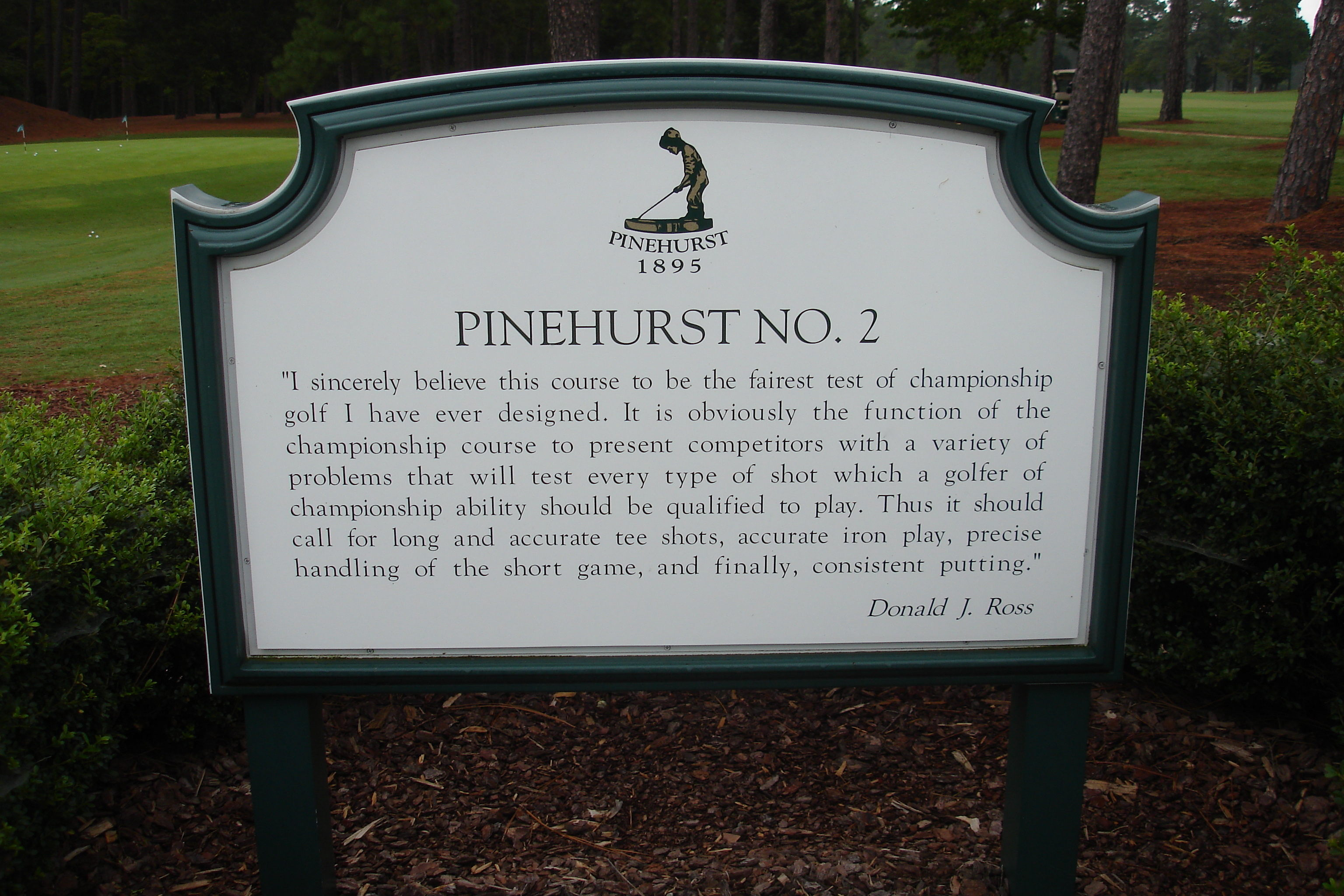
"I sincerely believe this course to be the fairest test of championsip golf I have ever designed. It is obviously the function of the championship course to present competitors with a variety of problems that will test every type of shot which a golfer of championship ability should be qualified to play. Thus it should call for long and accurate tee shots, accurate iron play, precise handling of the short game, and finally, consistent putting." -Donald Ross on Pinehurst No.2
